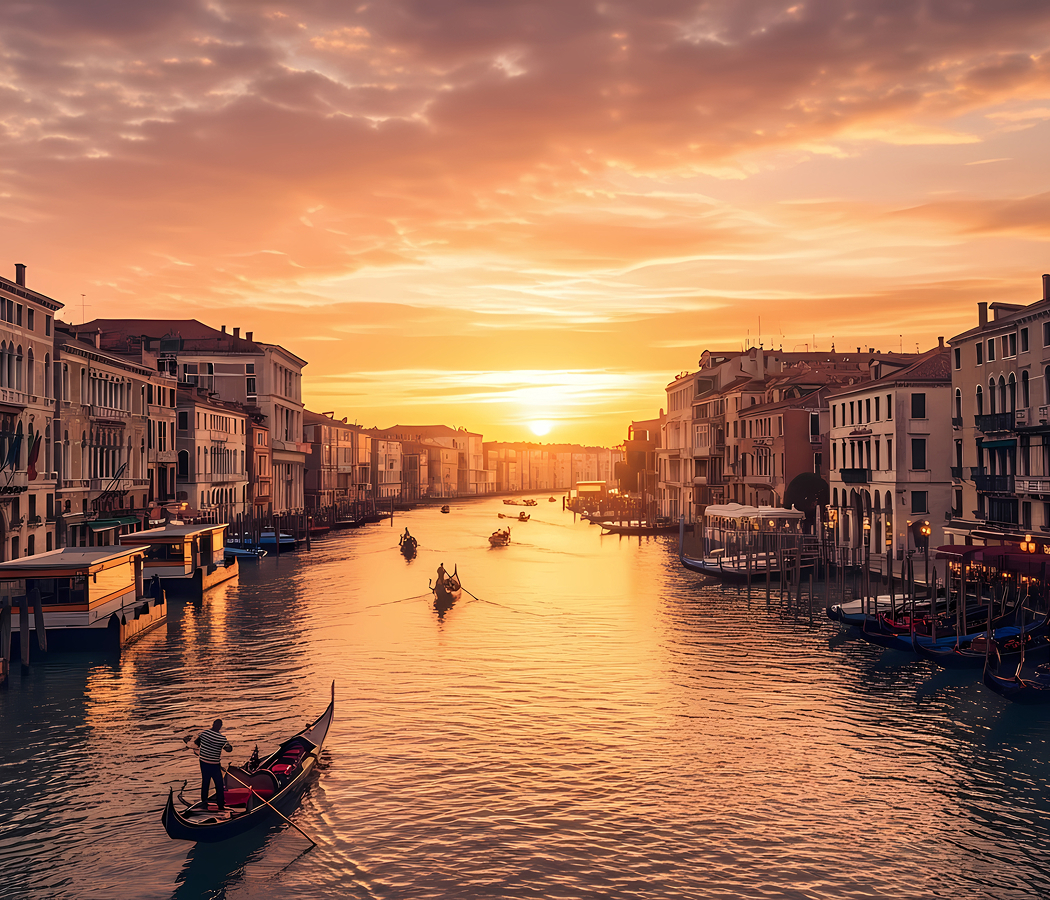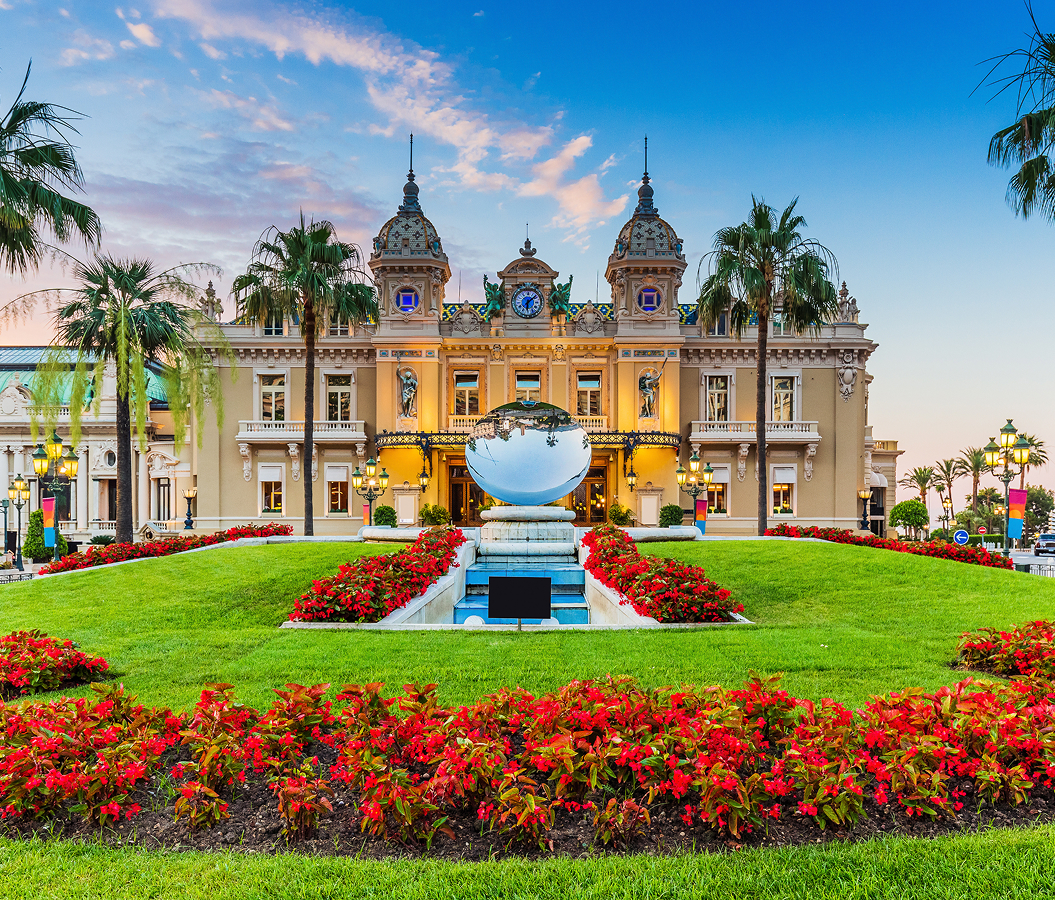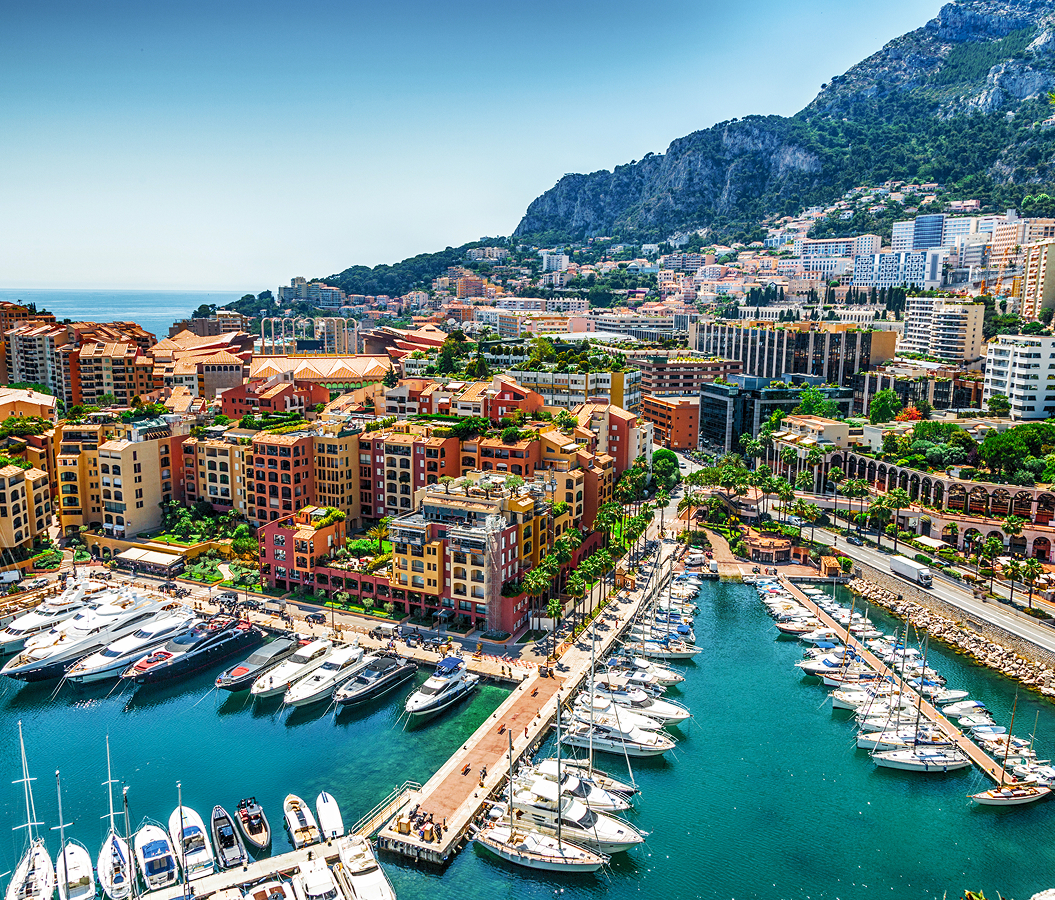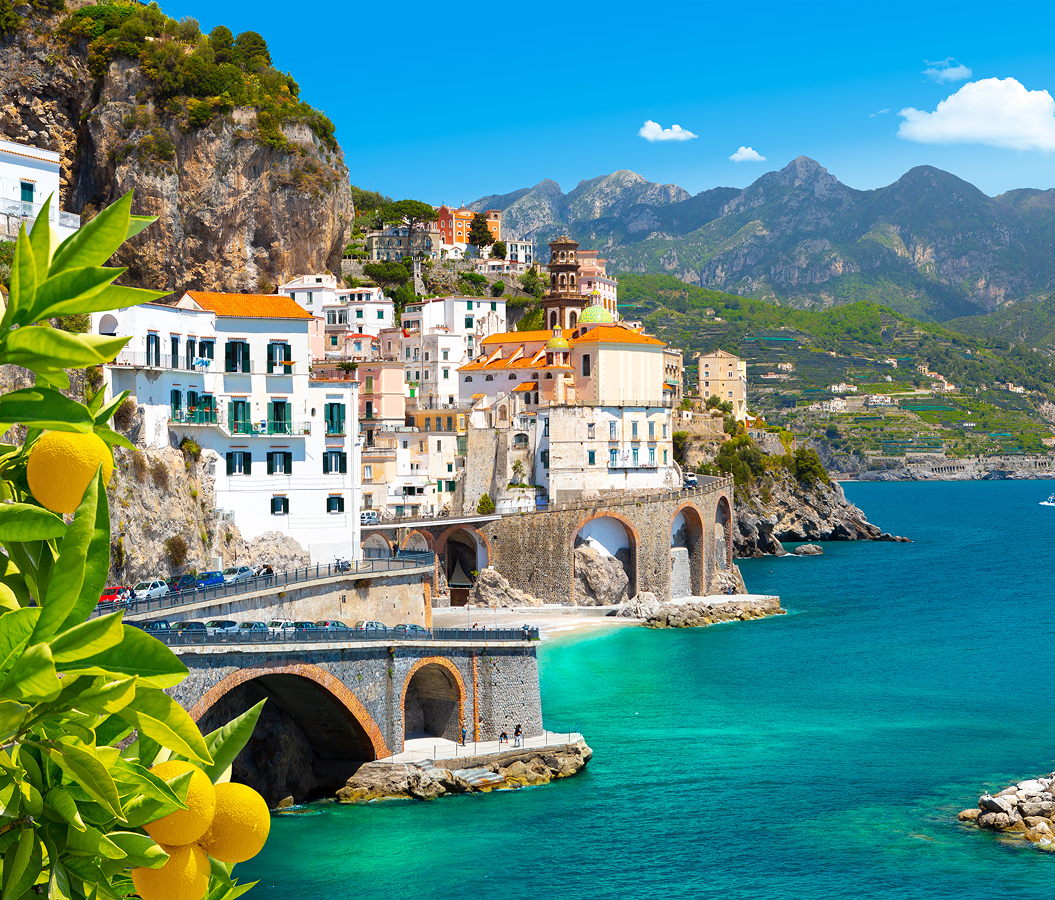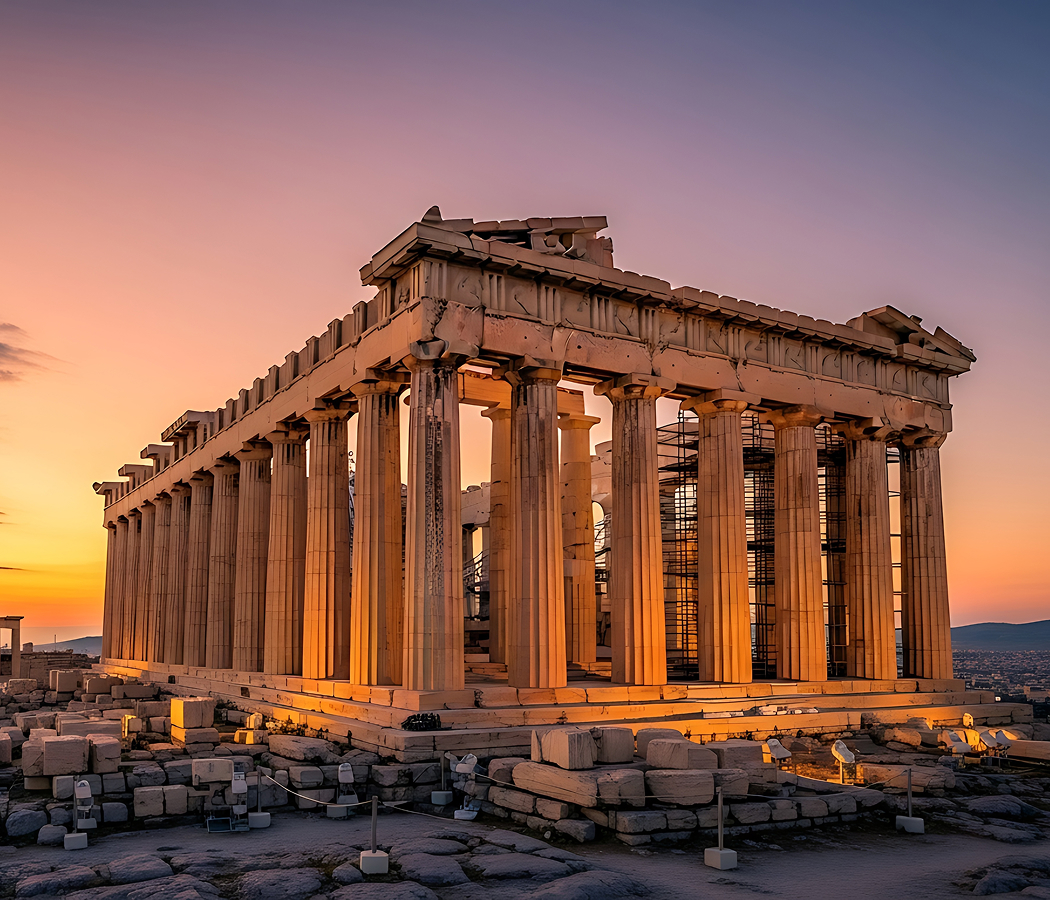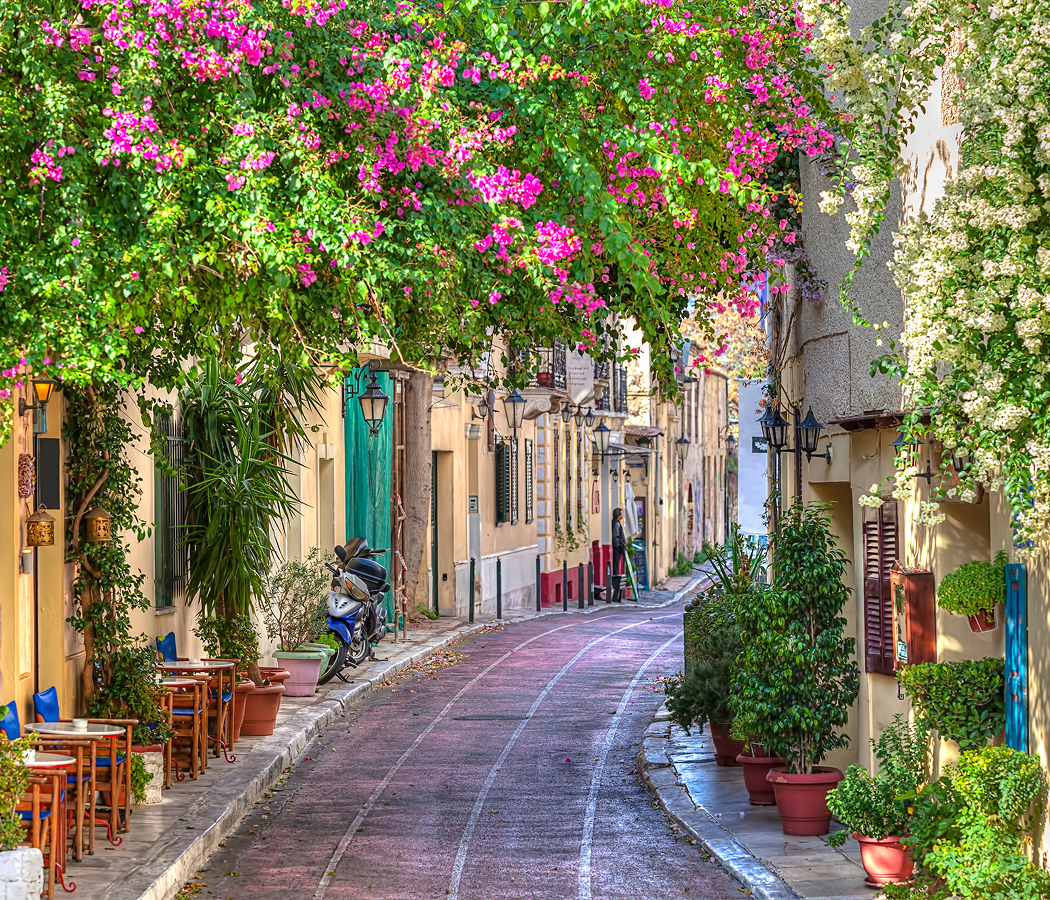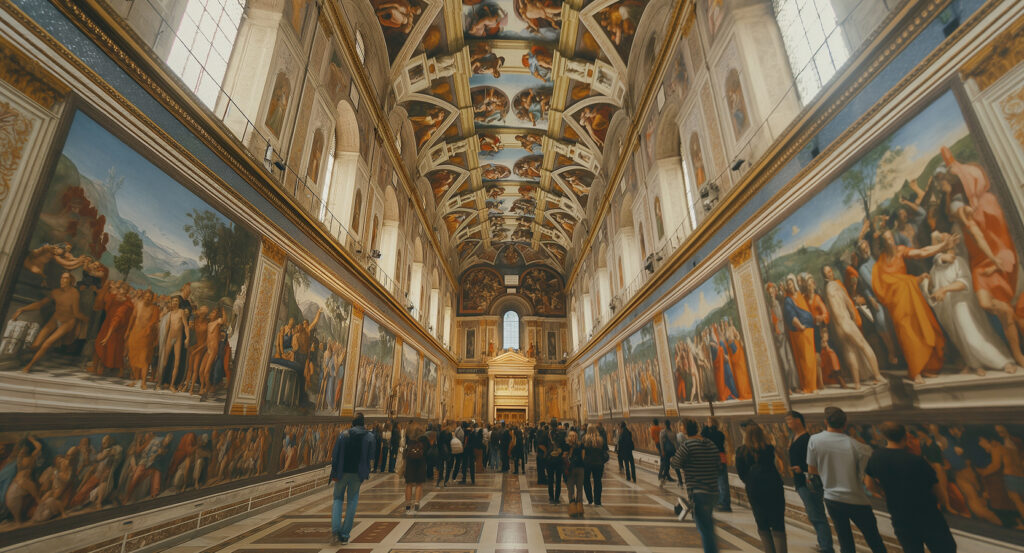
Why you should experience the Sistine Chapel in Vatican City.
The Sistine Chapel hidden within the walls of the Vatican City isn’t just a masterpiece, it’s humanity’s prayer painted in color and light.
This sacred chamber transcends time, belief, and language, standing as the beating heart of the Catholic world and one of the most awe-inspiring artistic achievements in existence. Stepping inside, the noise of the outside world fades into a reverent hush, replaced by the soft shuffle of feet and the faint echoes of breath drawn in wonder. Overhead stretches Michelangelo’s frescoed ceiling, a vast universe of creation and struggle, beauty and divinity, painted between 1508 and 1512. Each panel tells a story, the Creation of Adam, the Fall of Man, the Flood, yet the whole composition feels alive, as if the figures might step out of the plaster and speak. The colors, restored to their Renaissance vibrancy, glow with an almost supernatural energy. Every gaze drifts upward, drawn into that divine dialogue between man and God where fingers nearly touch. The chapel is smaller than many imagine, yet its scale feels infinite, a place where art, faith, and genius converge in a single breathless moment.
What you didn’t know about the Sistine Chapel.
Beneath the grandeur lies a story of torment, vision, and almost impossible perseverance.
When Pope Julius II first commissioned Michelangelo to paint the ceiling, the artist was reluctant; he considered himself a sculptor, not a painter. But his ambition, and perhaps divine will, prevailed. Working nearly four years on scaffolding thirty feet above the ground, Michelangelo painted over 12,000 square feet of fresco by hand, his body contorted, his neck strained, his spirit tested. Yet from that agony emerged something transcendent, a visual symphony that forever altered the course of Western art. Every brushstroke is charged with emotion; the prophets and sibyls swirl with power, their draperies alive with motion and meaning. The ceiling alone would have been enough to secure immortality, but decades later, he returned to the chapel to paint the Last Judgment on the altar wall, an apocalyptic vision of salvation and damnation that shocked his contemporaries with its raw humanity. Over the centuries, smoke, candle soot, and neglect dulled the colors until a massive restoration in the 1980s revealed the brilliance hidden beneath: fiery blues, radiant golds, and flesh tones that pulse with life. What visitors see today is not just divine art, it’s the resurrection of Michelangelo’s original vision, freed from centuries of shadow. And yet, despite its fame, the Sistine Chapel remains what it has always been: a living, breathing place of worship. It’s here that the papal conclave convenes to elect new popes, their ballots burned in a small stove whose smoke, black or white, signals history in motion.
How to fold Sistine Chapel into your trip.
Experiencing the Sistine Chapel is not a simple visit, it’s a pilgrimage, whether spiritual or artistic.
The chapel sits within the Vatican Museums, which wind through miles of corridors lined with ancient sculpture, Raphael frescoes, and Renaissance treasures. To reach the Sistine Chapel is to walk through centuries of human achievement, and the anticipation builds with each turn. Arrive early in the morning or late in the afternoon to avoid the heaviest crowds; this is a place best felt in stillness. When you finally enter, silence is enforced, not as a rule, but as reverence. Look up slowly; let your eyes wander across the narrative, panel by panel, and allow the enormity of it to sink in. The Creation of Adam, perhaps the most recognized image in the world, appears modest within its surroundings yet commands an energy that stops time. Don’t rush, stand beneath the altar wall, turn to face the Last Judgment, and feel the intensity of its figures, angels, and souls ascending and falling. For those with a keen eye, notice how Michelangelo’s self-portrait hides within the flayed skin held by Saint Bartholomew, a haunting confession of an artist burdened by creation itself. After leaving, step into the open air of St. Peter’s Square, where the dome of St. Peter’s Basilica rises against the sky, another of Michelangelo’s gifts to the world. End your visit there, looking upward once more, realizing that the same hand that shaped the frescoed heavens above you also built the stone one before you. To witness the Sistine Chapel is to encounter the divine through human hands. Its beauty doesn’t just rest in what Michelangelo painted, but in what he endured to capture the infinite. Inside that sacred vault, every color, every curve, every muscle whispers a truth that transcends religion: the pursuit of creation, in art, in life, in faith, is itself the image of God.
Hear it from the Foresyte community.
Honestly feels like the final boss level of museums. You walk through endless halls and then boom, you’re in the room where Michelangelo basically mic-dropped on humanity.
Where meaningful travel begins.
Start your journey with Foresyte, where the planning is part of the magic.
Discover the experiences that matter most.















